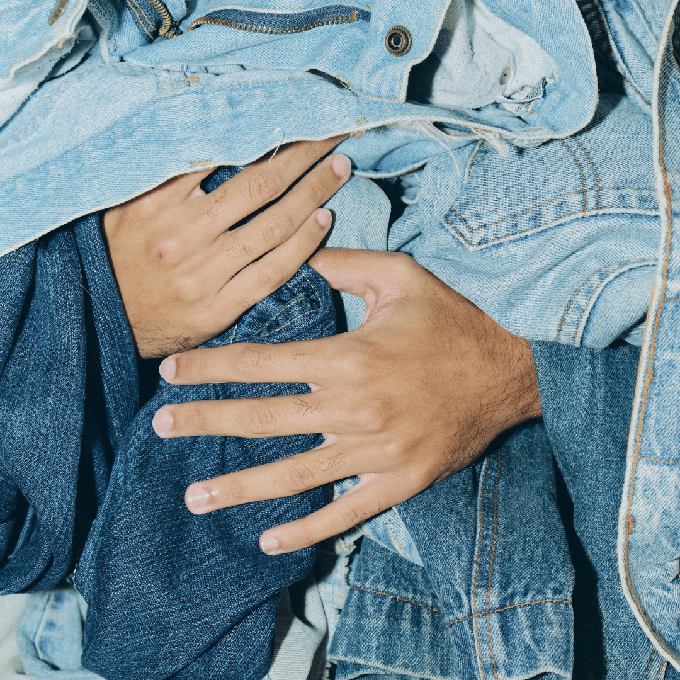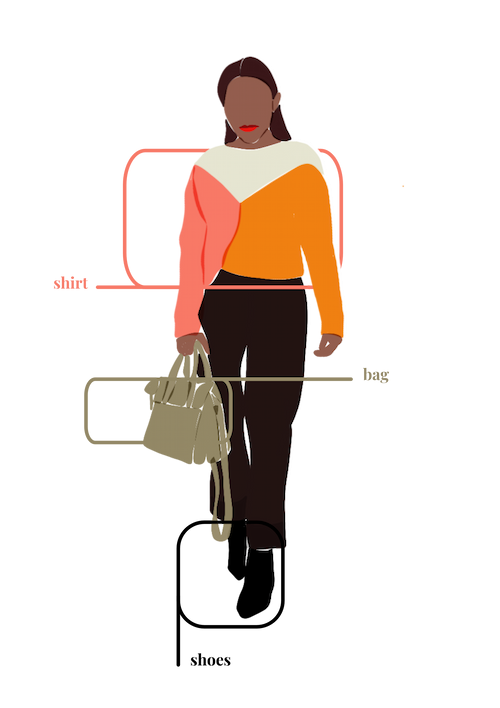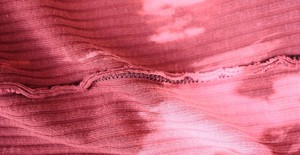- Clothes
- Bags
- Accessories
-
Inspiration
- Shoes
What Really Happens to Discarded Old Clothes?

The fashion industry is notorious for its fast-paced trends and ever-changing styles. As a result, many of us find ourselves constantly buying new clothes to keep up with the latest fashion. But have you ever wondered what happens to all those old clothes that end up being discarded? The ugly truth is that the journey of discarded old clothes is far from glamorous. From its environmental impact to the role of fast fashion and weee waste recycling in general, it's time we take a closer look at what really happens to our old clothes.
The environmental impact of discarded old clothes
When we throw our old clothes in the trash, they often end up in landfills. According to the Environmental Protection Agency, around 11.3 million metric tonnes of textiles were generated in the United States in 2018 alone, with only 15.2% of that being recycled. This means that the vast majority of discarded clothing is left to decompose in landfills, adding to the already growing waste problem around the world.
But the environmental impact doesn't stop there. The production of textiles, particularly fast fashion, also has a significant impact on the planet. From water and energy consumption during manufacturing to the use of chemical dyes and finishes, the fashion industry contributes to humanity’s carbon emissions and resource depletion. By discarding our old clothes without thinking about the consequences, we are often perpetuating this cycle of environmental harm, which can be avoided.
The role of fast fashion
Fast fashion has revolutionised the way we consume clothing. With its low prices and constant turnover of new styles, it's no wonder that fast fashion has become so popular today. However, this convenience comes at a cost to the environment, and ultimately to us. One is that fast
fashion relies on cheap labour and unsustainable production practices, mostly in developing countries, leading to poor working conditions and environmental degradation.
Fast fashion is also advertised on a large scale using different communication channels, which nudges consumers to make more frequent purchases and produces a never-ending stream of outdated clothing that is thrown out. These garments are often made using low-quality, cheap materials, resulting in a short lifespan, generating more waste, and putting a greater strain on the environment.
The journey of discarded old clothes
Once we discard our old clothes, they follow a long, arduous journey that often spans multiple continents. Many discarded garments are often shipped to developing countries, where they are sold in second-hand markets. While this may seem like a positive outcome, it can have devastating effects on local economies. For example, the flood of cheap, imported clothing can drive local textile industries out of business, perpetuating a cycle of dependency and poverty.
For the clothes that can't be sold, they generally end up in textile recycling facilities. Here, they are sorted and processed to be turned into new materials or downcycled into items like insulation or rags. While textile recycling is a step in the right direction, it is not a perfect solution. The process can be costly and energy-intensive, and not all textiles can be effectively recycled. This means that a significant portion of discarded old clothes will end up in landfills around the world, contributing to the growing waste problem.
What can you do?
1. Donate to charity shops
One of the easiest ways to reduce the impact of discarded old clothes is by donating them to charity shops. Many charities accept used clothing through charity shops or home collections and sell it to raise funds for a variety of causes. So by donating your old clothes, you are giving them a second life and helping those in need. However, make sure to check the guidelines of the charity shop to ensure they accept the type of clothing you want to donate.
2. Drop off at recycling points, like clothing and textile banks or for recycling collection
If your old clothes are no longer wanted, you can still ensure they are properly disposed of by dropping them off at recycling points or clothing and textile banks. These can often be found in supermarkets and local car parks in the UK, making it convenient to correctly dispose of your old garments. You can also recycle old clothing by placing it in plastic bags for collection by rubbish removal companies or your local council.
3. Upcycle and repurpose
Another great option for your discarded old clothes is to get creative and upcycle or repurpose them. Upcycling involves turning old garments into new and useful items, such as tote bags or pillow covers. Repurposing, on the other hand, involves using old clothes for different purposes, such as using a worn-out t-shirt as a cleaning rag. This way, you are giving your old clothes a new purpose and a new lease on life, which in turn helps to reduce waste and minimise your environmental footprint.
To sum it up
The journey of discarded old clothes is a complex and often overlooked issue, especially in developed countries. From the environmental impact to the role of fast fashion, it's clear that our consumption habits have a significant impact on the environment. However, by taking small but meaningful actions, we can make a difference. Next time you clean out your wardrobe, think twice before throwing away your old clothes. Instead, consider donating them to charity or recycling them at designated points. By taking small actions, you can help reduce the impact of discarded old clothes on the planet and contribute to a more sustainable future.
Share our story
Related articles
How to Digitise Your Wardrobe & Make the Most of It [Best Apps]
With a digital wardrobe app, you’ll save time and money, be more sustainable & get the most out of your clothes. Digitise your wardrobe with our simple guide!
How to Host a Clothing Swap Party: Have Fun, Help the Planet
Simple rules, lots of styles, and an eco-friendly approach: use our step-by-step guide on how to organise a clothing swap party with your friends (and make it EPIC)
Toxic Dyes in Clothing: Pollution, Dangers &... Colour to Die For?
From rivers turning black to carcinogenic chemicals, here’s the real cost of the cheapest colourful clothes—and how to avoid those toxic dyes from now on.
Project Cece is a platform that collects ethical fashion from vetted brands and shops in one place. Browse ethical fashion for women and men and find items that fit your style, budget and values!

![How to Digitise Your Wardrobe & Make the Most of It [Best Apps]](/static/_versions/_versions/blogs/phone_in_a_pocket_to_symbolise_digitising_your_wardrobe_large_medium.jpg)

